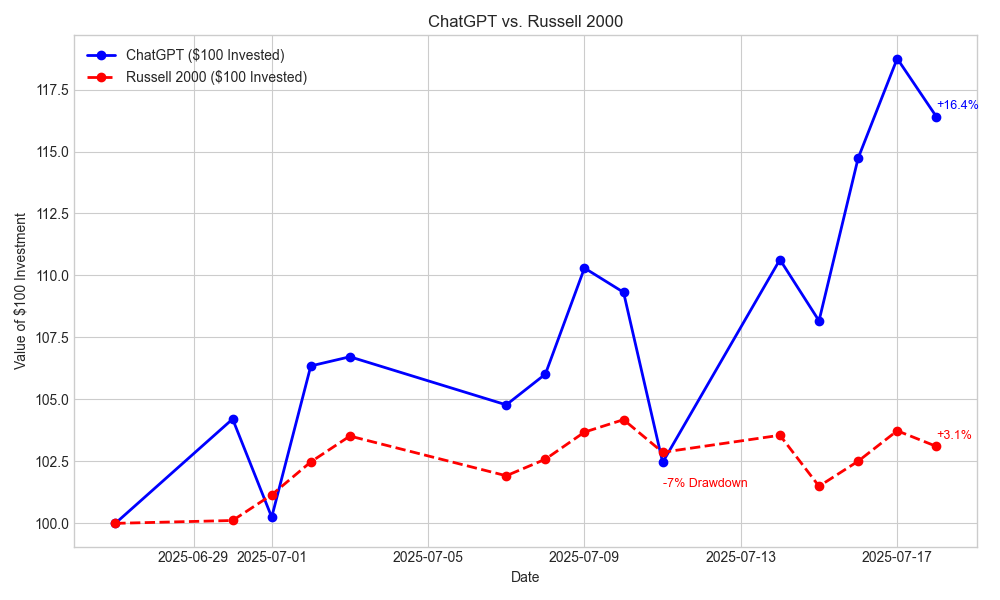Can You Mine XRP? Exploring Ripple’s Pre-Mined Model
Can XRP Be Mined? The Short Answer
The simple answer is no — XRP cannot be mined. Unlike Bitcoin or Ethereum (pre-Merge), which use Proof-of-Work (PoW) or Proof-of-Stake (PoS) to validate transactions and mint new coins, XRP was fully created at its inception. Ripple Labs pre-mined 100 billion XRP tokens in 2012, and no new XRP can be created beyond that fixed supply.
This design is intentional. Ripple’s goal was to create a fast, scalable, and energy-efficient digital currency for cross-border payments and enterprise use, without relying on mining networks that consume massive electricity.
How XRP Is Distributed
Even though XRP cannot be mined, it’s gradually released into circulation through several mechanisms:
- Ripple Escrow – ~55 billion XRP is held in escrow accounts, with 1 billion XRP released monthly to ensure predictable market supply.
- Ripple Treasury & Operations – Ripple retains a portion for partnerships, liquidity provision, and operational expenses.
- Sales to Investors – Ripple sells XRP to institutional and retail investors via exchanges and OTC deals.
This controlled release helps avoid flooding the market, keeping the XRP ecosystem stable while supporting adoption.
XRP vs. Bitcoin: Key Differences
| Feature | XRP | Bitcoin |
|---|---|---|
| Total Supply | 100B XRP (pre-mined) | 21M BTC (mined gradually) |
| Mining | None | Proof-of-Work |
| Energy Use | Minimal | High energy consumption |
| Transaction Speed | 3–5 seconds | 10+ minutes |
| Ledger | XRP Ledger | Bitcoin blockchain |
Ripple’s pre-mined model eliminates mining fees, reduces transaction costs, and enables near-instant settlements, making XRP ideal for cross-border payments.
Why XRP Isn’t Mineable Matters for Investors
- Predictable Supply – No inflation from new mining, unlike Bitcoin or Ethereum.
- Low Energy Footprint – XRP is environmentally friendly compared to energy-intensive PoW coins.
- Controlled Distribution – Ripple can manage supply and liquidity via escrow releases.
Investors often confuse XRP with mineable cryptocurrencies. Understanding this distinction is key for portfolio strategy, risk assessment, and evaluating long-term supply dynamics.
Myths About XRP Mining
- “I can mine XRP on my PC” – False. XRP uses a consensus algorithm (Ripple Protocol Consensus Algorithm), not mining.
- “XRP can be mined like Bitcoin” – False. All 100 billion XRP were created at launch.
- “Holding XRP is like staking a mined coin” – False. XRP holders can stake via third-party platforms, but this doesn’t generate new XRP.
The Role of XRP Ledger
XRP Ledger (XRPL) uses a consensus protocol to validate transactions without mining. Validators — independent nodes around the world — agree on transaction order in seconds. This allows:
- Fast transactions (~3–5 seconds)
- Low transaction fees (< $0.01 per transfer)
- Secure and decentralized consensus
By eliminating mining, XRP avoids the energy drain and bottlenecks seen in PoW networks.
Final Thoughts
In short, XRP cannot be mined, and that’s by design. Ripple’s pre-mined, escrow-controlled supply ensures fast transactions, low fees, and predictable market behavior. For investors, knowing that XRP is pre-mined highlights its stability, scalability, and environmental efficiency — all reasons why Ripple focuses on enterprise adoption and cross-border payments.
You May Also Like

El Salvador Fortifies Bitcoin Treasury Amid Quantum Threat Fears — Is This a Warning?

Ethereum Price Setup Mirrors 2021 Surge as ETFs Absorb 286K ETH – Is $10K Next?
